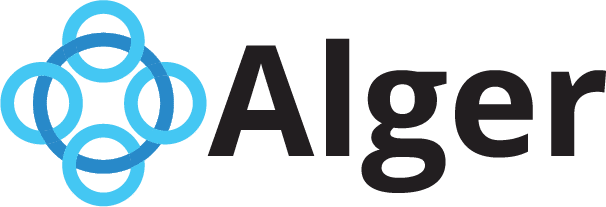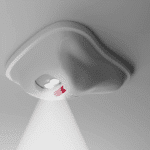
Light-based Medical and Health Devices (Part 1)
March 15, 2024
Light-based Medical and Health Devices (Part 3)
May 15, 2024Continuing the Exploration of How Modern Medical and Health Devices are Capitalizing on Light Technology
Join us as we continue to explore the diverse world of Light-based Medical and Health Devices in this Part 2 of a dedicated Alger Blog series on the subject. If you haven’t done so already, make sure to read Light-based Medical and Health Devices (Part 1) to see the full range of innovative light-based technological applications currently defining these industries.
Lasers and other light-based devices are actively being employed across multiple medical and health fields. In the world of dentistry, for instance, lasers are being used for caries prevention, bleaching, restorative removal and curing, cavity preparation, dentinal hypersensitivity, growth modulation, and diagnostic purposes. And, of course, the AlgerLight with LED has been the ceiling-mounted light of choice for dentists and orthodontists since 1965. In this article, we are focusing our attention on the myriad ways light is being applied to therapeutic ends in the field of dermatology, specifically. Dermatology has capitalized greatly on the many uses of light-based devices to treat skin disorders, expedite healing, and address cosmetic concerns.
Light-based Devices in Dermatological Applications
Light-based devices have become integral tools in dermatology for various therapeutic and cosmetic applications. Listed below are a handful of the most common ways dermatologists have applied light therapy and laser therapy to address skin-based concerns.
1. Light Therapy for Skin Conditions
Light therapy, or phototherapy, involves using specific wavelengths of light to treat various dermatological conditions. Light therapy commonly uses UVB, UVA, and PUVA (psoralen plus UVA) to treat conditions like psoriasis, vitiligo, eczema, and atopic dermatitis. UVB phototherapy is often employed as a first-line treatment for these conditions. In addition to artificial UV lamps and laser devices, dermatologists may employ natural sunlight as the conduit for phototherapy.
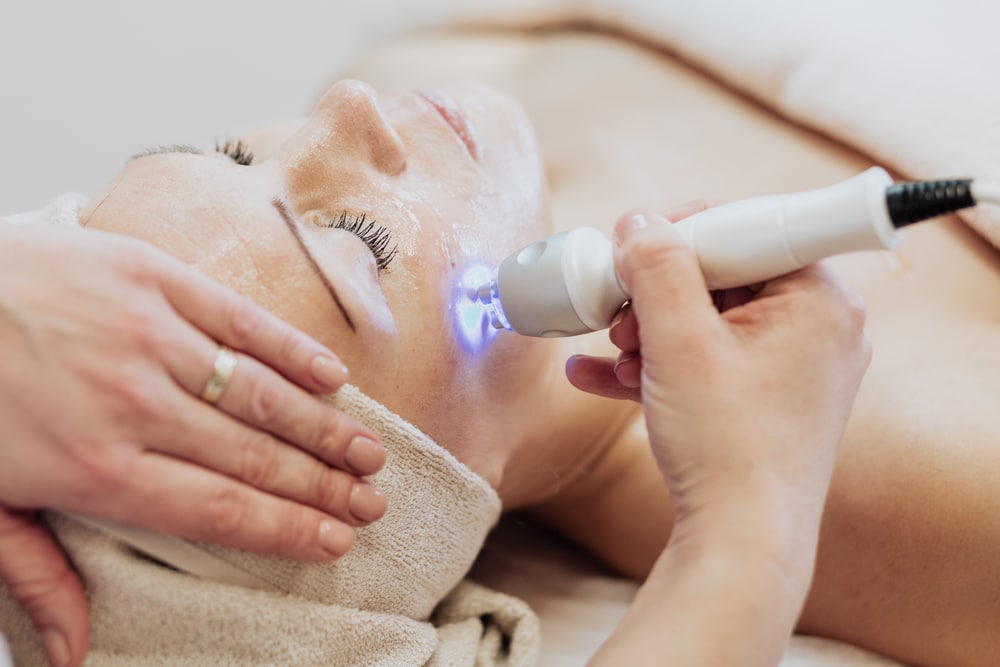
2. Light Therapy for Acne Treatment
Light therapy is also used as a non-invasive and effective approach to managing acne. Several types of light are used in this treatment, each targeting different aspects of acne development. Blue light, for example, has been found to kill acne-causing bacteria, while red light reduces inflammation and promotes healing. Some devices use a combination of both wavelengths for optimal results. In the treatment of acne, light therapy can be delivered through various devices, including LED (light-emitting diode) devices, lasers, and intense pulsed light (IPL) systems. These treatments are typically performed in a dermatologist’s office or skincare clinic, but home-use devices are also available for mild to moderate acne.
3. Laser Therapy for Lesion Removal
Laser therapy is commonly used by dermatologists for lesion removal due to its precision and effectiveness. Lasers emit high-energy light beams that can target specific chromophores (molecules that absorb light) in the skin. Different types of lasers are used to remove different types of skin lesions. For instance, pulsed dye lasers (PDL) are commonly used to treat vascular lesions like spider veins, port wine stains, and hemangiomas. These lasers emit pulses of light that are selectively absorbed by the hemoglobin in blood vessels, causing them to coagulate and collapse. Over time, the body’s natural healing processes remove the damaged vessels, leading to the disappearance or significant reduction of the vascular lesion. Q-switched lasers, which directly target melanin, are commonly used to treat pigmented lesions, such as sunspots, freckles, and birthmarks, leading to the gradual lightening or elimination of the lesion. Q-switched lasers are also used to remove tattoos.
4. Laser Therapy for Scar Treatment
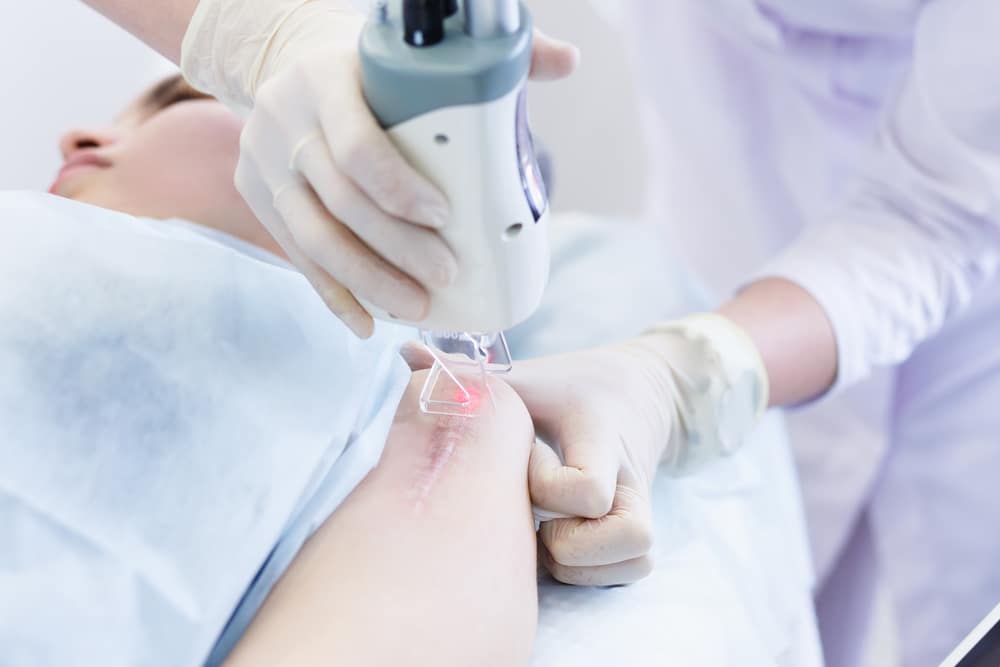
Laser therapy can improve the appearance of scars, including acne scars, surgical scars, and traumatic scars. Typically, fractional lasers are used to create microscopic injuries in the skin, triggering the body’s natural healing response, stimulating the production of new collagen, and promoting the growth of new, healthy tissue. This process is non-invasive and precise to the degree that surrounding healthy tissue remains intact.
5. Laser Therapy for Skin Rejuvenation and Anti-aging
Fractional laser therapy and non-ablative laser treatments are used to improve skin texture, reduce wrinkles, and even out skin tone. Just like with scar revision, these treatments stimulate collagen production and promote the turnover of damaged skin cells. IPL therapy is a commonly used alternative in skin rejuvenation and anti-aging treatments. Both laser therapy and IPL therapy can help minimize the appearance of enlarged pores, and over time, repeated treatments can lead to significant improvement in the appearance of wrinkles and fine lines, resulting in smoother, younger-looking skin. Treatment protocols are tailored to each patient’s individual needs, skin type, and treatment goals. And while light therapy can provide noticeable improvement in skin texture and appearance, a significant number of treatment sessions may be required to achieve optimal results, and maintenance treatments may be needed to sustain the benefits over time.
6. Light-based Options for Skin Tightening
Various light-based devices, including radio frequency (RF) and infrared (IR) devices, are used for non-invasive skin tightening treatments. These devices deliver heat to the deeper layers of the skin, causing collagen contraction and remodeling, which results in firmer, tighter skin. While RF devices use electromagnetic waves to heat the deeper layers of the skin, including the dermis and subcutaneous tissue, IR devices use infrared light to penetrate deep into the skin and generate the heat necessary to stimulate collagen synthesis and promote tissue remodeling. Fractal laser resurfacing, IPL therapy, and even ultrasound devices, such as High-Intensity Focused Ultrasound (HIFU), are all effective options for tightening the skin of the face and body.
7. Light-based Therapy for Hair Restoration and Hair Removal
Hair Growth
Lastly, light-based devices are used in hair restoration and removal. Low-level laser therapy (LLLT), also known as red light therapy or cold laser therapy, has been studied for its potential to stimulate hair growth in individuals with certain types of hair loss, particularly androgenetic alopecia (pattern baldness) and other forms of non-scarring alopecia. LLLT devices emit red or near-infrared light, which is thought to stimulate hair follicles, leading to increased hair growth. The efficacy of LLLT may depend on factors such as the severity and cause of hair loss, the duration and frequency of treatment, and individual response to therapy. While many studies have reported positive outcomes from using LLLT for hair growth, further study is needed to better understand the processes and impacts of LLLT for hair restoration.

Hair Removal
In addition to its multiple other dermatological applications, IPL therapy can be used for cosmetic hair removal and as a tool to address certain hair-related medical conditions, such as hirsutism (excessive hair growth in women) and pseudofolliculitis barbae (ingrown hairs or razor bumps). IPL targets melanin in the hair follicles, damaging them and inhibiting future hair growth, providing a long-term solution for unwanted hair in affected areas. Because of its effectiveness as a hair removal option and its mild impact on the patient, which results in little to no recovery downtime, IPL is a popular light-based treatment option for hair removal.
Look to the Light
Light-based devices offer a versatile and effective approach to addressing a wide range of dermatological concerns. Approaches, such as light therapy, are often non-invasive and involve minimal downtime and few side effects compared to traditional surgical procedures and medication-based treatments. The study of LLLT for hair restoration shows that new applications for light-based salutations are continuing to grow within the field of dermatology.
To see how other light-based devices are impacting medical and health fields, continue to follow this ongoing series on the Alger Blog with Light-based Medical and Health Devices (Part 3) coming soon.
